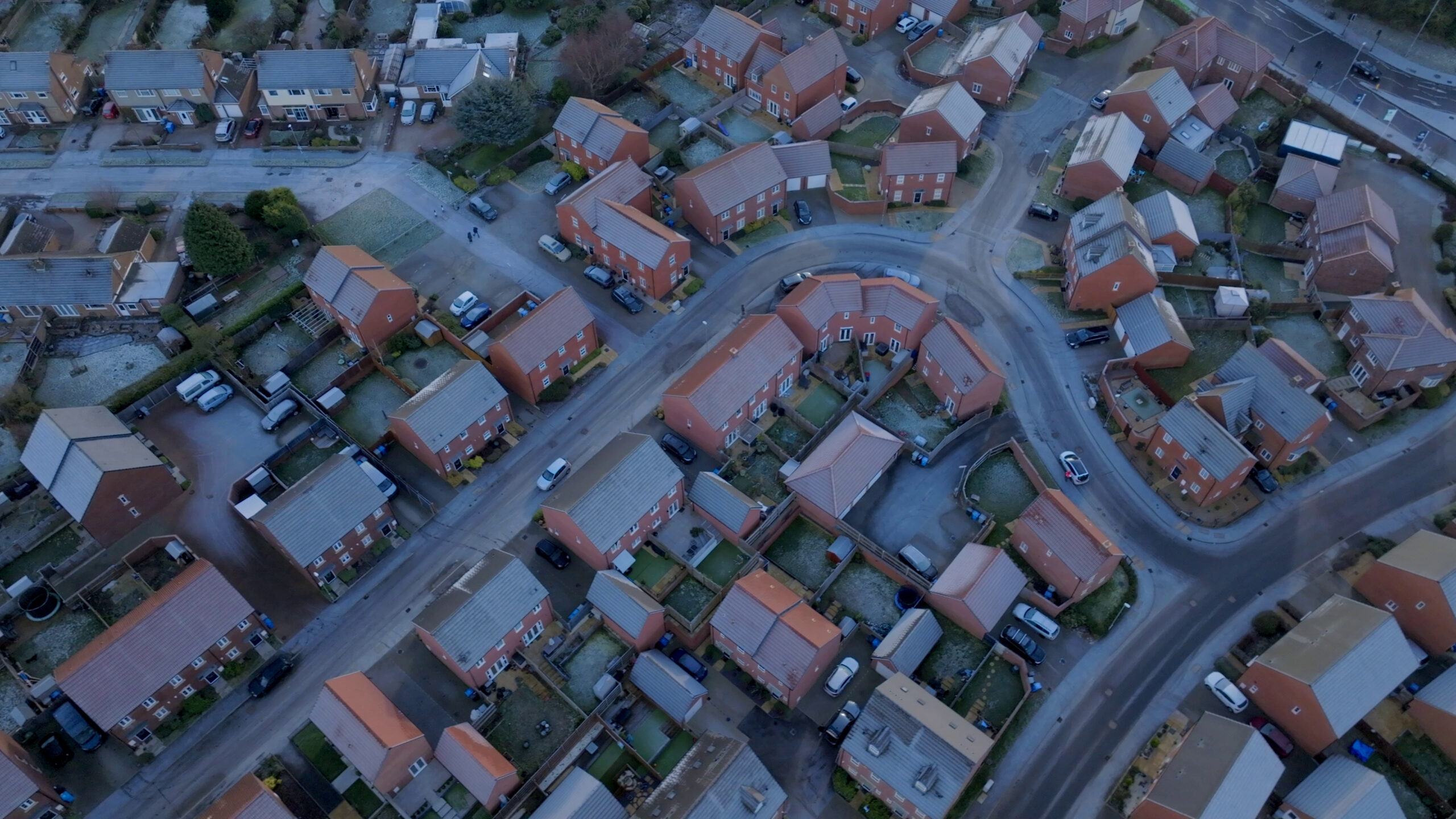You’ve probably heard a lot in the news over the past few years around SWAP rates and how these affect Mortgage interest rates. There is also the Bank of England base rate, with this being decided on every 6 weeks by the Monetary Policy Committee (MPC) of 9 individuals.
So what’s the difference between them?
The Bank of England Base Rate sets the rate they would charge Banks and Building Societies for loans. Using a variety of metrics the MPC use this to (hopefully) grow the economy by making money cheaper or more expensive to borrow, depending on the goal at the time.
As a knock-on effect then what the base rate is and crucially what analyst’s feel it will be over the next 5 to 10 years will then influence what banks would charge both consumers (ie, us looking for a mortgage or loan) or other banks, when they lend the money out to other financial institutions.
The rate at which bank lend to each other is the SWAP rate, set by the Sterling Overnight Index Average (SONIA).
Whereas the MPC meet every 6 weeks, SWAP rates are a lot more volatile, influenced by what analyst’s feel is happening in the market and if they feel borrowing will get cheaper or more expensive over the longer term period. These do change daily.
To answer the question over which is a better indicator as to where rates are headed, the simple answer is they both do. Where the difference lies is the Base rate perhaps influence rates where as the SWAP rates are the true rate at which banks and financial institutions lend to each other. In turn, this the leading to the rates published by lenders.

